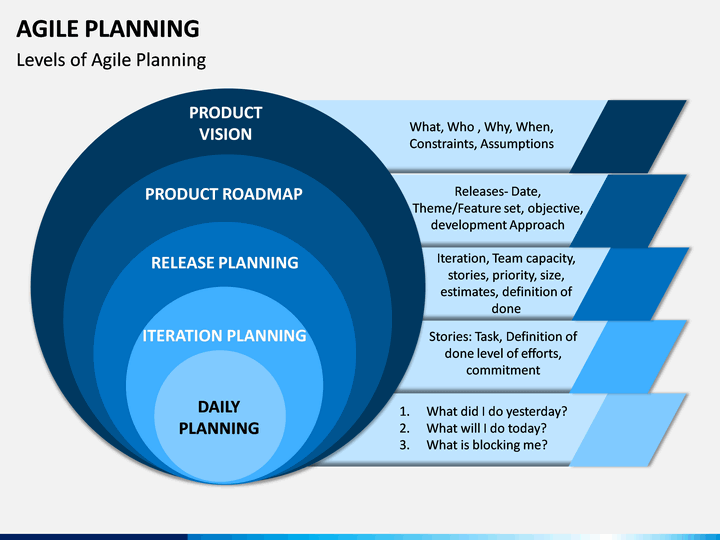
Key components of Agile project management User stories Webinar: What's Keeping Marketers From Going Agile?
#AGILE PROJECT PLANNER HOW TO#
The best architectures, requirements, and designs emerge from self-organizing teams.Īt regular intervals, the team reflects on how to become more effective, then tunes and adjusts its behavior accordingly.ĭatasheet: The Agile Marketing Cheat Sheet Simplicity-the art of maximizing the amount of work not done-is essential. All stakeholders should be able to maintain a constant pace indefinitely.Ĭontinuous attention to technical excellence and good design enhances agility. The final product is the primary measure of progress.Īgile processes promote sustainable development.

Give them the environment and support they need and trust them to get the job done.įace-to-face conversation is the most efficient and effective method of conveying information to and within different teams. Agile processes harness change for the customer’s competitive advantage.ĭeliver projects frequently, from a couple of weeks to a couple of months, with a preference for the shorter timescale.Ĭoordinating team members must work together daily throughout the project.īuild projects around motivated individuals. Welcome changing requirements, even late in development.
#AGILE PROJECT PLANNER SOFTWARE#
Our highest priority is to satisfy the customer through early and continuous delivery of valuable software (or whatever else you deliver). What are the 12 principles of Agile?Īgile methodologies can be as diverse and unique as each individual team, but the 12 Principles of Agile should always guide your decisions and product development. Each sprint provides an opportunity for review and course correction. Agile allows for continuous change throughout the life of any given project. Historically, change was seen as an expense, and one to be avoided. This value is one of the biggest departures from traditional project management. Responding to change over following a plan Whether internal or external customers, involving them throughout the process can help to ensure that the end product meets their needs more effectively. Your customers are one of your most powerful assets. Customer collaboration over contract negotiation This value is all about giving the developers exactly what they need to get the job done, without overloading them. Working software over comprehensive documentationĪs important as documentation is, working software is more. Relying too heavily on processes and tools results in an inability to adapt to changing circumstances. Individuals and interactions over processes and toolsĪs sophisticated as technology gets, the human element will always serve as an important role in any kind of project management. The Agile Manifesto outlines 4 Core Values and 12 Guiding Principles which serve as a North Star for any team adopting an Agile methodology. Whitepaper: Agile Marketing for Creative Teams Whitepaper: How to Become an Agile Agency While you can take advantage of Agile software, books, or Agile coaches, each Agile team is unique, and understanding the basics can help you put together an Agile methodology that works for you and your team. Agile allows for that ambiguity because of its flexibility to change direction on a project as work moves into the future. In the software world, when a decision to build or further develop an existing technology is made, the end product may be hard to define. Many organizations can benefit from Agile project management, and it’s simple to set up and utilize. Marketers, universities, the military, and even the automotive industry are also looking at the Agile methodology and other Agile frameworks to deliver innovative products in uncertain environments. Originally created for software development, the Agile approach to project management is quickly being adapted by more than just IT teams. With a few tweaks, you’ll be on your way to shorter development cycles and smaller, more frequent product releases. But, whether you realize it or not, you’re already doing many of the things Agile requires. If you’re new to the Agile project management, it might look at first like a complex and difficult-to-manage system. The Agile methodology allows teams to re-evaluate the work they are doing and adjust in given increments to make sure that as the work and customer landscape changes, the focus also changes for the team.


Software companies and marketing agencies are especially aware of the tendency for changes from project stakeholders to happen from week-to-week. Teams that adopt the Agile methodology are able to complete work faster, adapt to changing project requirements, and optimize their workflow.Īs the name suggests, the Agile allows teams to be better equipped to quickly change direction and focus. Agile project management is an iterative approach to project management that focuses on breaking down large projects into more manageable tasks, which are completed in short iterations throughout the project life cycle.


 0 kommentar(er)
0 kommentar(er)
